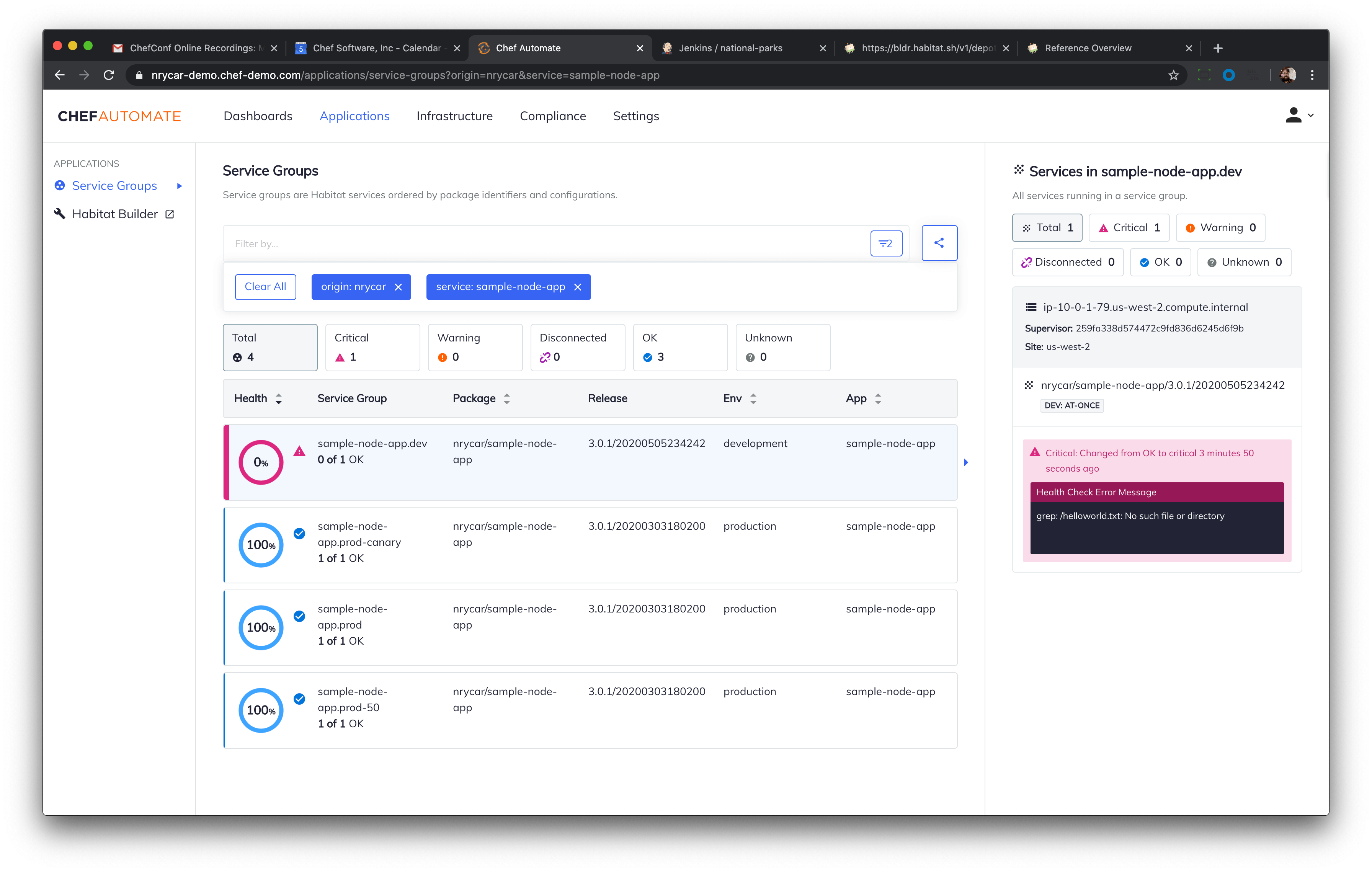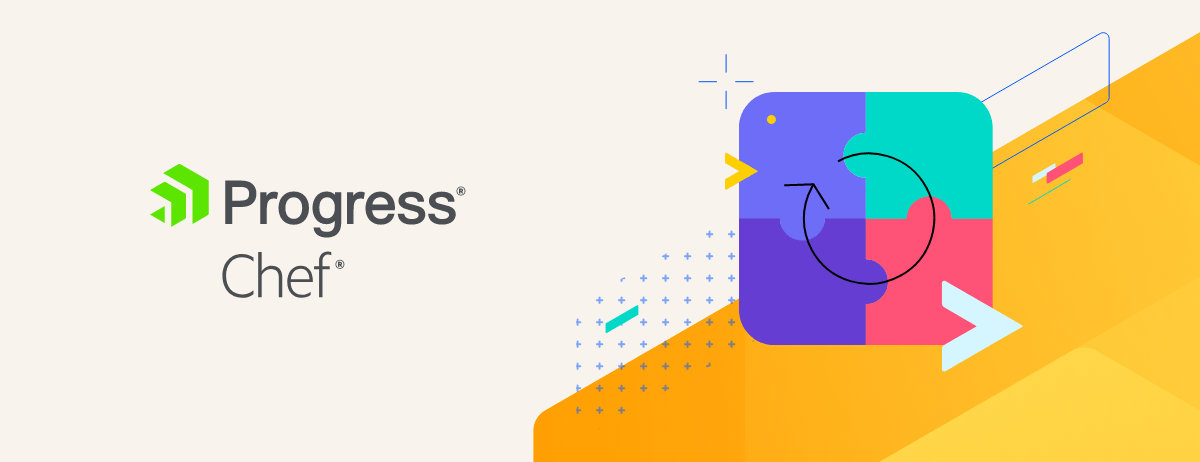At ChefConf Online 2020, we showed just how far Chef has come in the application delivery space. We heard from several customers on how they’ve been able to improve their application outcomes:
- Early Warning Services: Reduce application deployment and build release times for legacy processes from 4 to 8 weeks to an hour, a 98% improvement
- Panera: Achieve 99.99% uptime for QA environments and the ability to update all stores overnight
- Rakuten: Build once, deploy anywhere with a single artifact
Many people I talk with have a hard time understanding how results like this are possible. As part of the Marquee Session “re-Defining Application Delivery with Chef” I focused on demystifying how Chef Habitat helps achieve these results. The short version is: it comes down to three key pieces — application definition in code, an agent that can execute against these definitions, and a dashboard to validate delivery.
The old way of siloing knowledge across build, release, and operations teams coupled with complex pipelines and processes results in failed deployments and wasted efforts. Instead, we start by defining everything an application needs to be built, run and maintained into a single application manifest.
This application definition process creates a codified operational runbook. It is then packaged into a single immutable artifact that can be consumed by any pipeline and deployed to any environment.
Re-Defining Application Delivery with Robin Beck, Mike Krasnow, Scott Lappin and Matt Wrock, Chef Conf Online 2020
By defining and testing these requirements as part of the local development build process, you eliminate many of the problems that come from different teams handling different pieces of the application delivery process. The result of this is simpler pipelines, fewer tools, and fewer build and runtime scripts that need to be written and maintained.
Chef Serves Up Great Applications Delivery Outcomes at Panera
In the recent release of Chef Habitat 1.6 we launched a number of new application delivery features including Rapid Rollback, Automated Package Clean-Up and Layered Container Support. Scott Lappin, Director of DevOps at Panera Bread and his team were one of the early adopters of rapid rollback. We were thrilled to have him join the re-Defining Application Delivery marquee session.
During the session, Scott talks about why they chose to adopt Chef Habitat. They had been using Chef Infra to manage configurations and had started to run into some difficulties when applying to application deployments. That’s when they decided
to make the move to Habitat. 
Using Habitat, they were able dramatically improve the quality and frequency of their application deployments. Prior to implementing Habitat, their test environments were frequently down and the QA team was unable to work. After implementing Habitat, they’ve been able to maintain a 99.99% uptime for QA environments and decrease the amount of time developers spend remediating issues. In addition they’ve increased the rate in which they can deploy updates to stores from weeks to hours.
“When the deploy consists of pushing just one button, sitting back and doing nothing, and 800 stores are updated, the development team is starting to realize that they don’t need to pass the buck, and can handle the deployments themselves.” – Scott Lappin, Director of DevOps, Panera Bread
To learn more about how Panera has been using Chef solutions to drive successful application outcomes check out the recorded panel session from Chef Conf 2020 “At The Edge: App configuration and deployment as code – a PaneraBread Cafe automation story”
But that wasn’t all we covered in the re-Defining Application Delivery marquee session.
New Dashboards, New Features, and a Flashy Microsoft SQL Demo!
In addition to the new features rolled out in Habitat 1.6, the Habitat engineering team launched a number of other key enhancements in the first half of 2020 including:
- Enhanced analytics enable users to filter and update views for disconnected services and receive real-time health
- Improved package management makes it easier to manage package settings and deploy multi-platform packages
- Improvements for stability, manageability and performance including improved support for Windows applications.
Many of these new features were shown during the “Updating Microsoft SQL High Availability” demo during the “re-Defining Application Delivery” keynote session above. As Chef Engineer Matt Wrock put it: “It’s no joke there are a lot of moving parts involved in setting up SQL Server Availability. It is a highly complex thing to set-up.”
During the demo, Matt shows how using runtime hooks in Habitat and the Application Dashboard can be used to update Microsoft SQL Server High Availability in minutes without any downtime or disruption to business.

To see a full list of new features released in Chef Habitat read the blog What’s New with Chef Habitat. If you’re a Windows developer and looking to get started with Chef Habitat on Windows we recommend visiting the recently launched Windows Application Delivery Automation Resource Center.

